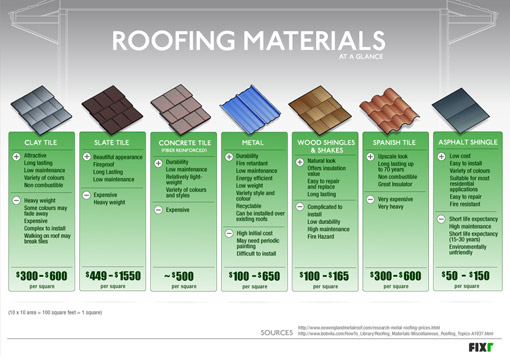A Newbie'S Introduction Of How Weather Impacts Your Roof Covering
A Newbie'S Introduction Of How Weather Impacts Your Roof Covering
Blog Article
Created By-Sharpe Finch
When it involves your roof, the climate plays an essential role in its total health and lifespan. You might not realize exactly how rainfall can result in leaks or how hefty snow can emphasize the structure. Even the sun's ruthless rays can degrade your roofing materials gradually. It is essential to comprehend these impacts, but what can you do to secure your roofing from the elements? Checking out upkeep strategies and product options could be key to ensuring your roof stands solid versus whatever Mother Nature throws its way.
Impacts of Rain on Roof covering
Rain can be a silent opponent to your roofing system, triggering both immediate and long-lasting damage. When water leaks into cracks or gaps, it can cause leakages, which might not show up right now. You may discover a discolor on your ceiling, yet already, the moisture can have already endangered your roofing structure.
In time, regular direct exposure to rain can compromise roofing materials. Shingles might warp, curl, and even disintegrate, leaving your home vulnerable to additional water invasion. Mold and mildew and mildew flourish in wet problems, which can jeopardize your indoor air top quality and cause wellness concerns.
Standing water on your roof covering can additionally cause major troubles. It adds unnecessary weight, enhancing the risk of structural failing. Plus, it can accelerate the wear and tear of your roofing products, making substitutes more frequent and expensive.
To shield flooring installer san antonio , ensure your gutters are clean and operating correctly to divert rain away. Regular evaluations can aid you catch prospective problems before they intensify.
Taking these steps currently can conserve you time and money over time, keeping your home safe and completely dry.
Effect of Snow and Ice
When winter shows up, snow and ice can pose significant threats to your roofing, similar to rainfall. Built up snow can be fairly heavy, and if it doesn't slide off, it can produce a dangerous tons that your roof covering mightn't be able to support. This pressure can bring about drooping, leaks, or perhaps architectural failing.
Ice can also cause issues, especially with ice dams. When snow on your roof melts, it can flow down and refreeze at the eaves, developing a dam that stops correct drainage. Water then supports under tiles, causing leakages and water damage inside your home.
To shield your roof covering, it's essential to maintain gutters free from particles, allowing for correct drain. Consistently inspecting your roof covering for indications of wear and damage can help catch concerns early.
If you observe a significant amount of snow, take into consideration employing a specialist to remove it safely. Keep in mind, it's better to be aggressive concerning snow and ice than to manage costly repair work later. Taking these steps can aid guarantee your roof covering holds up against the winter months without serious concerns.
Sunlight and Temperature Challenges
While you might take pleasure in bright days, extended direct exposure to sunshine and severe temperatures can be harmful to your roofing system. UV rays can break down roof materials in time, bring about warping, splitting, or fading. If your roof covering's roof shingles are made from asphalt, they might become breakable under intense heat, making them a lot more vulnerable to damages.
In addition, heats can raise the risk of thermal expansion. As products broaden during the warmth of the day and agreement during the night, this continuous cycle can produce stress and anxiety on your roofing, possibly causing leaks or various other architectural problems.
You might also observe enhanced energy expenses as your air conditioning system works tougher to combat warmth build-up in your attic room.
It's vital to choose roof materials that can endure your neighborhood environment's temperature level changes. Light-colored or reflective roof can help in reducing warm absorption, while correct ventilation in your attic can maintain a balanced temperature.
Normal evaluations and upkeep can additionally capture troubles early, ensuring your roofing remains in optimal problem. By remaining proactive, you'll secure your investment and expand your roof's life-span despite the obstacles presented by sunshine and temperature level extremes.
Conclusion
Finally, understanding how climate affects your roof is critical for keeping its integrity and durability. Rainfall can bring about leaks, snow and ice can produce heavy lots, and long term sun direct exposure can create products to break down. By remaining positive with routine upkeep and selecting the best products, you can secure your roof from the elements. Bear in mind, a well-kept roofing not only improves your home's worth yet also maintains you safe and comfy for many years ahead.
